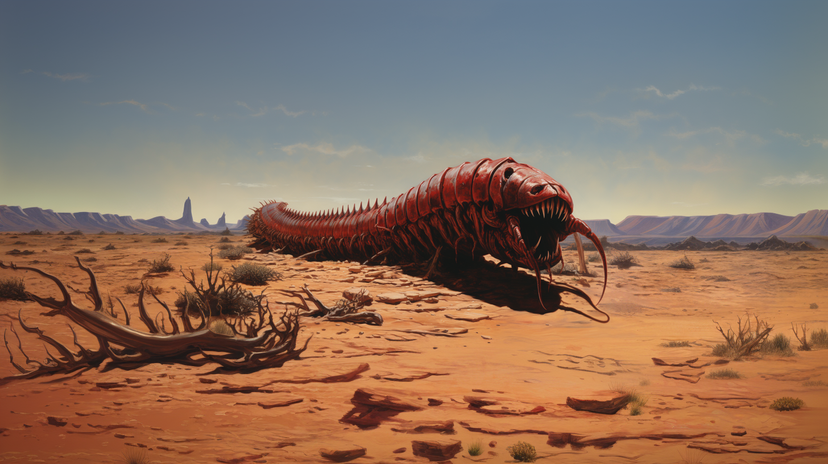Skeptics have claimed the death worm is actually just one of the following reptiles:
Worm Lizards
The limbless reptiles are often mistaken for snakes due to their elongated bodies. However, the worm lizard belongs to a different taxonomic group called the amphisbaenians. They are not venomous.
Venomous Snakes
These reptiles possess specialized glands capable of producing venom, which they inject into their prey through fangs to immobilize or kill them. Some examples include vipers, cobras and rattlesnakes.
Sand Boas
These nonvenomous snakes belong to the family Boidae. The sand boa snake is named for its adaptation to sandy environments and is known for its burrowing behavior.
Legless Lizards
Legless lizards are reptiles that resemble snakes due to their lack of limbs, but they are not true snakes. They are distinct from both snakes and worm lizards due to their movable eyelids, cylindrical body shape and giving birth to live young. Unlike snakes, the legless lizard has visible external ear openings, and unlike worm lizards, it possesses a forked tongue and belly scales.
This article was created in conjunction with AI technology, then fact-checked and edited by a HowStuffWorks editor.
